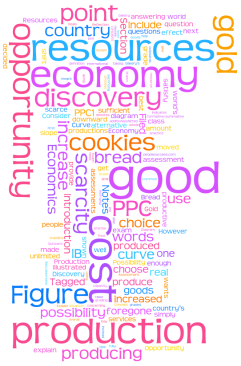Tennis Ball Game: Reflection
Posted on: December 6, 2010

Tennis ball game (picture by Jessica)
On Friday, we played the “Tennis Ball Game” in order to demonstrate the theory of the firm, especially emphasizing the law of diminishing returns. We were to move the tennis balls, which were the productions, from one bucket to another as we increase the number of workers.
The data we have gathered were not the perfect illustration of the theory of the firm, but it helped to to gain perceptive understanding on the functioning of real-life firms. The total product curve for our activity demonstrated the theory quite well. As we added more people in our factory, more products were produced; it followed the law of increasing returns. The peak of our factory was when five workers were working. However, after sixth people, the production decreased, depicting the law of diminishing returns.
The total product curve, however, was not the theoretical curve; there were some jumps and bumps. This is mainly because in real life, not much of what we expect happens. With innovations and specialization, the total product increased significantly when fifth person was added. However, there was also training stage for the new workers, which sometimes brought down the total product.
After calculating the total cost, average cost, and marginal cost, I decided the price of one tennis ball as 250 yen each. I got this price by looking at the average costs. If I set it higher than the average of average costs, I might not be able to sell any tennis balls. On the other hand, if I set the price lower than the average costs, I would not gain much revenue. By setting the price a little higher than the average cost, I can sell all the tennis balls I put on the market.

1 | cokehat
January 18, 2011 at 2:18 am
Reading your reflection, I thought your observations were very detailed. I agree with your ideas how our data reflected some economical ideas pretty well. It showed that even a role play, game type of situation can simulate real examples.
It might be also interesting to think about ways to use this data for real factories